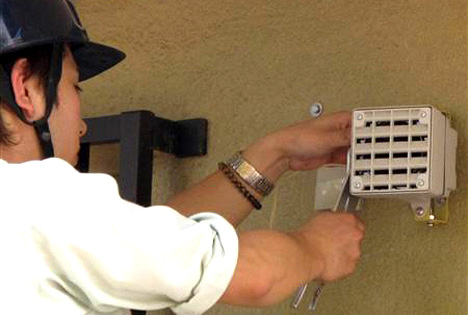
A vandalized toilet at Kitashikahama Park in Tokyo's Adachi ward is raising questions about the effectiveness of the park's controversial new "Mosquito" alarm -- a device designed to repel teenagers by emitting an obnoxious high-frequency tone that only they can hear.
The Mosquito, which was installed at the park on May 21 to discourage teens from hanging out there after hours, now operates every night from 11:00 PM to 4:00 AM. The device produces a high-pitched tone of around 17 kHz, which is unbearable to teen ears. The sound has no effect on older people, as the ability to hear high frequencies declines naturally with age.
The broken toilet, which was discovered on the morning of June 21, appears to have been smashed with a baseball bat. Spent bottle rockets were also found at the site.
Surveillance camera footage showed what appeared to be as many as seven teenagers hanging out in the park in the early morning hours of June 21, while the Mosquito was in operation. Authorities were unable to determine whether the teens in the video were responsible for the vandalism.
According to Adachi ward officials, teen vandals inflicted 700,000 yen ($7,400) worth of damage in the park last year. Unable to solve the problem with extra patrols, the authorities began searching for new measures. They eventually turned their attention to the Mosquito, which is already in use at some Tokyo-area convenience stores plagued by loitering teens.
The prospect of using the Mosquito has been controversial, and critics question whether it is in the city's interest to use such a device that discriminates against young people as a group, even if they are responsible for causing problems. In the end, the officials decided to test the device at the park until March 2010.
The smashed toilet is first case of vandalism at the park since the Mosquito was installed.
[Source: MBS]


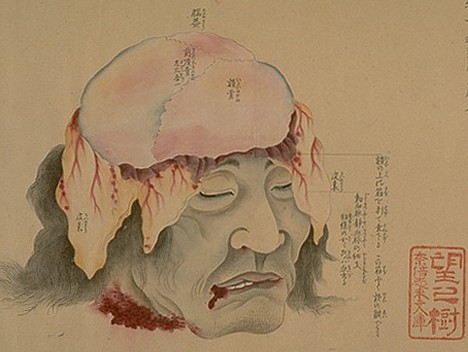
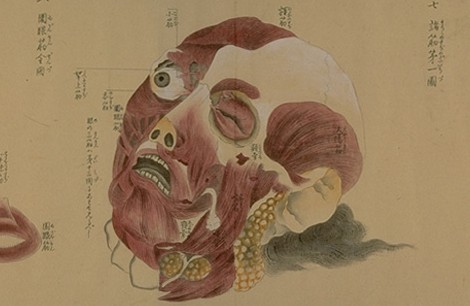
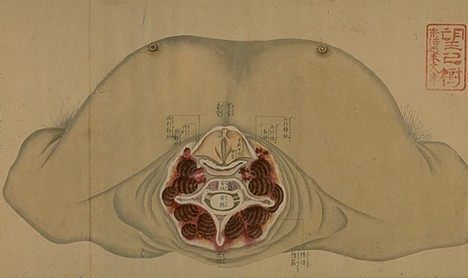

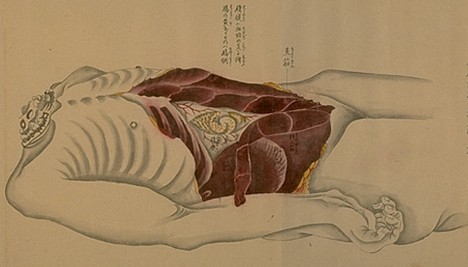
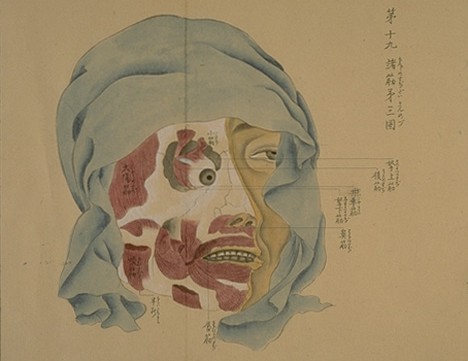
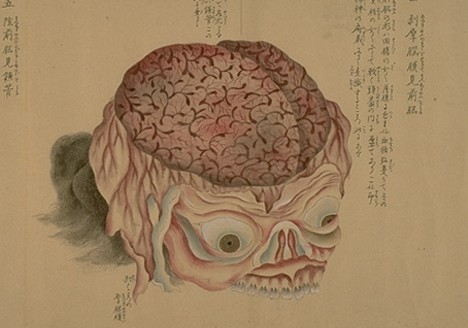
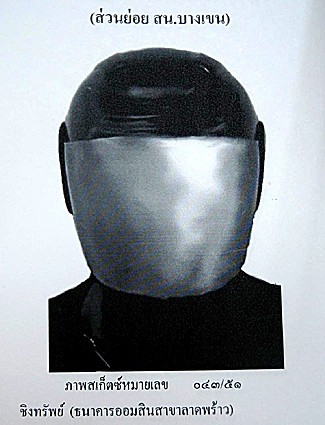
 A 16-year-old male gamer infatuated with the gothic dress worn by the fictional princess in an online role-playing game has been arrested for hacking into the game company's servers and scamming a boatload of virtual money.
A 16-year-old male gamer infatuated with the gothic dress worn by the fictional princess in an online role-playing game has been arrested for hacking into the game company's servers and scamming a boatload of virtual money. 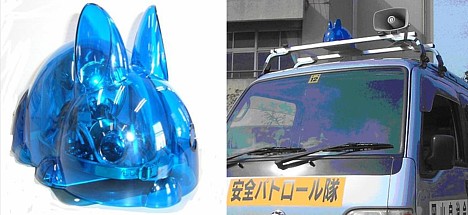
 NEC Corporation has teamed up with Aida Engineering to develop a briefcase-sized DNA analysis system that allows police to perform comprehensive DNA testing at crime scenes in as little as 25 minutes. NEC is calling the device the world's first portable all-in-one DNA analysis system able to handle all DNA testing processes from extraction to analysis. Designed specifically for law enforcement officials and planned for release in 2008, the system measures 50 x 40 x 20 cm (20 x 16 x 8 in.), making it small enough to be carried to crime scenes or other locations where quick DNA analysis is required.
NEC Corporation has teamed up with Aida Engineering to develop a briefcase-sized DNA analysis system that allows police to perform comprehensive DNA testing at crime scenes in as little as 25 minutes. NEC is calling the device the world's first portable all-in-one DNA analysis system able to handle all DNA testing processes from extraction to analysis. Designed specifically for law enforcement officials and planned for release in 2008, the system measures 50 x 40 x 20 cm (20 x 16 x 8 in.), making it small enough to be carried to crime scenes or other locations where quick DNA analysis is required. 


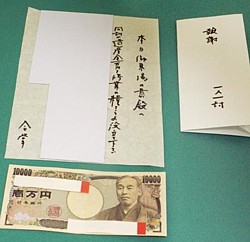 Over the past several months, small stacks of envelopes, each containing a 10,000 yen bill (about $85) and a handwritten letter, have been turning up in the restrooms at prefectural offices across Japan. On July 11, officials announced the mystery money has been found in 33 different restrooms in government offices located in 15 prefectures -- Hokkaido, Aomori, Miyagi, Akita, Niigata, Saitama, Chiba, Shizuoka, Tokyo, Osaka, Nara, Hyogo, Oita, Nagasaki and Miyazaki.
Over the past several months, small stacks of envelopes, each containing a 10,000 yen bill (about $85) and a handwritten letter, have been turning up in the restrooms at prefectural offices across Japan. On July 11, officials announced the mystery money has been found in 33 different restrooms in government offices located in 15 prefectures -- Hokkaido, Aomori, Miyagi, Akita, Niigata, Saitama, Chiba, Shizuoka, Tokyo, Osaka, Nara, Hyogo, Oita, Nagasaki and Miyazaki.